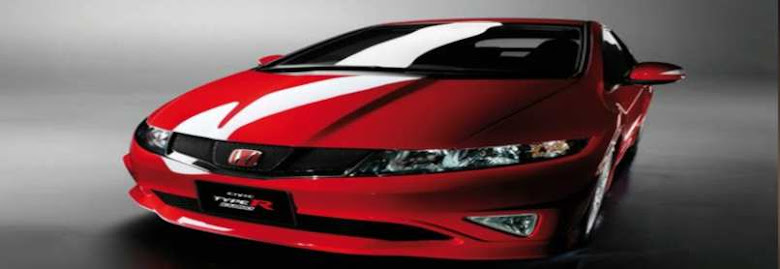
Overall, we came away from our time with the WR more impressed that we thought we might. This slightly-less-than-super supermoto bike gave us more grins than we’d anticipated. As expected, it excels on lower-speed twisty roads, and it does a fine job in a commuter role around town. And, while it’s not an ideal touring mount, it surprised us most by being adequate at highway speeds. It is more than suitable for an hour’s worth of freeway travel while heading for serpentine canyons on which to humiliate larger-displacement sportbikes, piloted by lesser riders.
While the WR250X isn’t an ideal choice for a bargain hunter who is shopping for an inexpensive commuter bike, it has plenty of high-end details and useful features baked into it that add up to a unique sporting machine a gearhead can be proud of.
We liked it so much that we’re not yet ready to give it back. So we’re fitting some Yamaha accessories to it while we wait for a Kawi KLX250SF test mule. Is the more powerful WR $900 better than the new KLX-SF? And, if we’re lucky, we might toss in the DR-Z400SM to see which Japanese manufacturer has the best overall supermoto package for the dollar. This is gonna be fun!
The WR gets kudos for its light weight (299 lbs ready to ride with a tank of fuel) and for its nimbleness, but short people will wish for a seat height lower than the WR’s 35.2 inches. Steering effort (if you can call it that) is incredibly light thanks to a wide motocross-style handlebar, and its super-tight turning radius makes it easy to maneuver in the garage and when filtering through traffic. However, clutch engagement a bit lurchy and inconsistent, while the gearbox is occasionally notchy.
No worries about this little ripper of a motor. The 250cc liquid-cooled, DOHC engine with two titanium intake valves and two steel exhausts features a fuel-injection system that takes input from a crank sensor, intake air pressure sensor and throttle position sensor. The compact ECU also controls an EXUP exhaust valve to broaden the powerband. Valve-adjustment intervals are a lengthy 26,000 miles.
While the WR250X isn’t an ideal choice for a bargain hunter who is shopping for an inexpensive commuter bike, it has plenty of high-end details and useful features baked into it that add up to a unique sporting machine a gearhead can be proud of.
We liked it so much that we’re not yet ready to give it back. So we’re fitting some Yamaha accessories to it while we wait for a Kawi KLX250SF test mule. Is the more powerful WR $900 better than the new KLX-SF? And, if we’re lucky, we might toss in the DR-Z400SM to see which Japanese manufacturer has the best overall supermoto package for the dollar. This is gonna be fun!
The WR gets kudos for its light weight (299 lbs ready to ride with a tank of fuel) and for its nimbleness, but short people will wish for a seat height lower than the WR’s 35.2 inches. Steering effort (if you can call it that) is incredibly light thanks to a wide motocross-style handlebar, and its super-tight turning radius makes it easy to maneuver in the garage and when filtering through traffic. However, clutch engagement a bit lurchy and inconsistent, while the gearbox is occasionally notchy.
No worries about this little ripper of a motor. The 250cc liquid-cooled, DOHC engine with two titanium intake valves and two steel exhausts features a fuel-injection system that takes input from a crank sensor, intake air pressure sensor and throttle position sensor. The compact ECU also controls an EXUP exhaust valve to broaden the powerband. Valve-adjustment intervals are a lengthy 26,000 miles.

Specifications .:
Engine
Engine type Liquid cooled, 4-stroke, DOHC, 4-valve, forward inclined single cylinder
Displacement 250 cc
Bore x stroke 77.0 X 53.6 mm
Compression ratio 11.8:1
Maximum power 22.6 kW (30.7 PS) @ 10,000 rpm
Maximum torque 23.7 Nm (2.42 kg-m) @ 8,000 rpm
Lubrication system Wet sump
Fuel System Electronic fuel injection
Clutch type Wet, multiple-disc coil spring
Ignition system TCI
Starter system Electric
Transmission system Constant mesh, 6-speed
Final transmission Chain
Fuel tank capacity 7.6 L
Oil tank capacity 1.5 L










